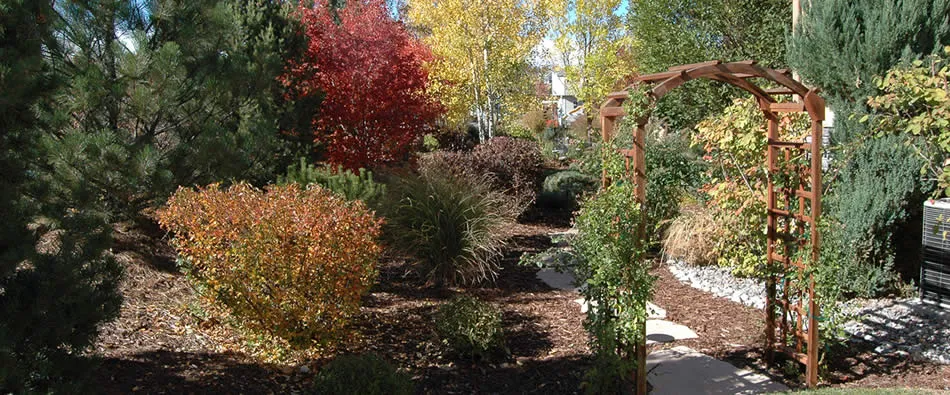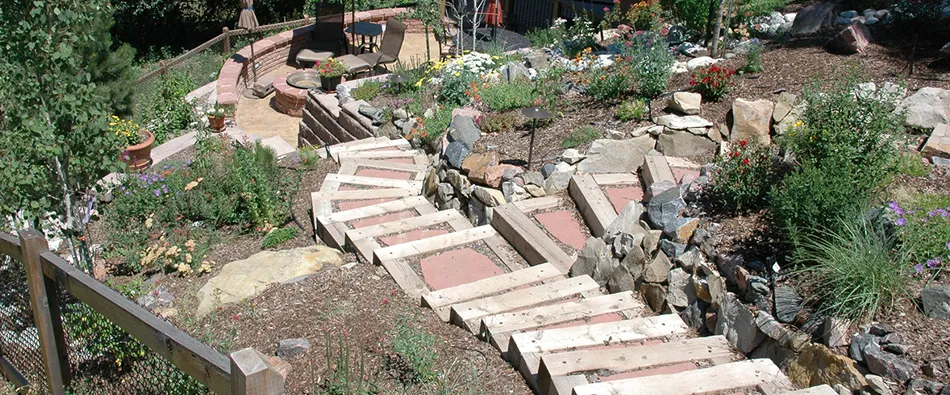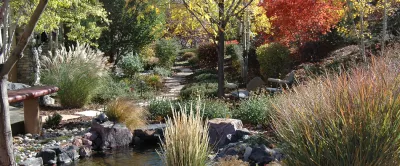You could call it the "orchid mystique" -- the notion that orchids are difficult to grow and that you need a greenhouse to grow them successfully.
You don't. If you can grow a begonia or a philodendron, you can grow an orchid. With 25,000 varieties to chose from, you certainly can find one that matches temperature and light levels in your home.
You don't need a steamy hothouse either. You'll find, instead, that temperatures and humidity suitable for you also will suit orchids. Some will thrive at 50 and 60 degrees -- the temperatures that a lot of us maintain indoors during the winter.
An orchid's light needs range from full sun to dense shade.
Mother Nature furnishes a good orchid-growing primer. Outdoors, orchids grow on trees or exposed rocks. They don't, however, feed on trees. When orchids are grown indoors, the material in the pot must provide the media in which they can root. Materials such as fir bark, redwood bark or lava rock work well. These materials drain quickly -- a must for orchids -- but retain some nutrients for plant growth.
You can use water-soluble fertilizers to supply nutrients for orchid growth. If bark mixes are part of the potting material, it will be particularly necessary to supply ample quantities of nitrogen.
How much water do orchids need? This causes a lot of confusion. More orchids are killed by overwatering than by any other cause. Watering can be as little as once a week if higher humidity levels are maintained around the plants. Because most Colorado homes naturally are on the dry side, grow plants in a pebble tray and group them to retain humidity. Evaporation of water from between the pebbles will increase the humidity around the orchids. Be sure, however, that the bottoms of the orchid pots are above the water level.
Contact us for the upcoming spring outdoor landscape needs at:
contact






